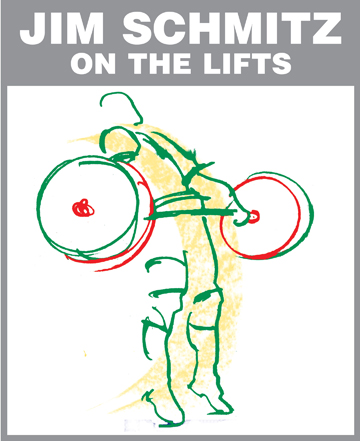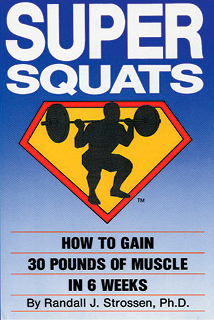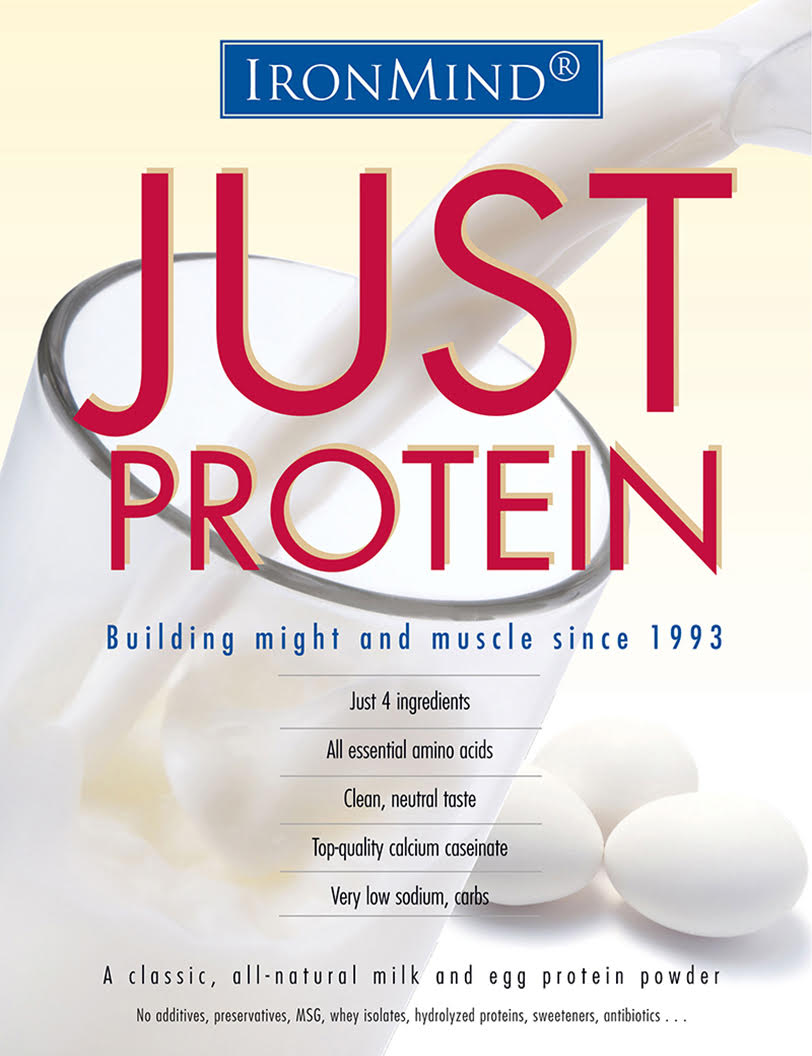
U.S. Olympic Weightlifting Team Coach 1980, 1988 & 1992 Author of Olympic-style Weightlifting for Beginner & Intermediate Weightlifters Manual and DVD
I think the biggest reason Olympic-style weightlifting isn’t allowed in commercial gyms is that weightlifters are their own worst enemies sometimes because they drop their weights. I’m talking about successful lifts, not failures. Dropping weights isn’t necessary 80% of the time, maybe more. Dropping weights evolved as weightlifting became more popular around the world, especially in Eastern Europe, and more and more weight was being lifted, which was naturally more difficult to lower to the platform. As dropping weights became more accepted, something had to be done because the metal plates were tearing up platforms and destroying the flooring underneath. Someone invented rubber bumper plates around the middle to late sixties. They certainly have been a big plus in sparing damage to platforms and floors.
Now it seems that all lifters, from beginners to elite, think that dropping all weights, from warm-ups to maximums, is the way it should be done. This situation has perhaps evolved from watching the world championships and Olympic Games where lifters certainly drop weights, some from overhead even, and yet never have a lift disqualified as a result—even though the rules state clearly that you aren’t supposed to let go of the bar until it is at waist height. I think it’s unfortunate that this has been allowed to escalate to this level because now beginner and intermediate lifters think that is what is done in order to lift the big weights.
In my gym I am just amazed at some lifters who come in for a workout, and right off the bat they are dropping 40 kilos from overhead. Naturally, I tell them they can’t drop their weights in my facility, and after I explain to them how to lower weights under control, usually there aren’t any problems for them or me after that. However, I wonder, where do these people train where they can just drop the weights without regard to the equipment or their or others’ safety?
I have the best Eleiko and York barbells and bumper plates and very solid training platforms with inlaid rubber where the weights land. But, if you don’t control the lowering of the barbell, the equipment will break or will definitely wear out faster. I’ve been coaching weightlifting at my facility for 37 years, and after not being too strict on lowering weights in the early years I had a lot of broken plates and busted platforms. I figured I had better change my lifters’ dropping habits because I couldn’t afford to replace broken plates and to rebuild platforms every year. I have trained many of the strongest men and women over the years and I’ve taught them how to lower weights as well as lift them. Lowering weights properly won’t weaken you.
It’s interesting when I see lifters lower a heavy barbell under control at local, national, or international competition. I figure that they must train on their OWN barbells.
How do you lower weights under control? With maximums you just let the bar down in front of you, but you keep your hands on the bar and try to slow the descent and then don’t let the bar bounce all over the place. With light or warm-up weights in the snatch, you lower the bar to your thighs and then lower it to the platform. In cleans and clean and jerks, you lower to your shoulders, then to your thighs, and then to the platform.
This will take practice, but once you learn how, you will see that it doesn’t take anything away from your lifting and you will be allowed—and maybe Olympic-style weightlifting will be allowed—in commercial gyms, which would mean more places to train and more people doing snatches and clean and jerks, and more talent being discovered, and maybe a higher level of Olympic-style weightlifting and appreciation for weightlifters in the United States, and . . . you can see that not dropping the weight can have a big impact on the future of weightlifting!















